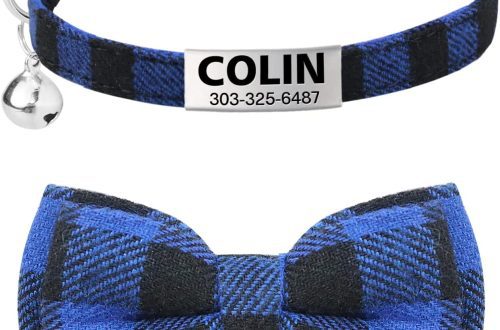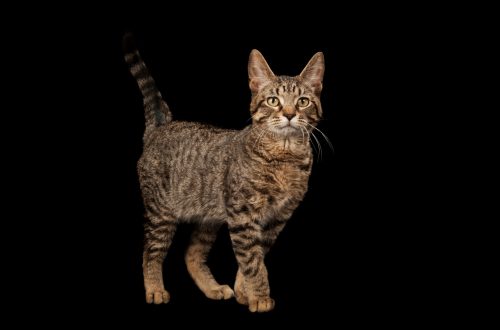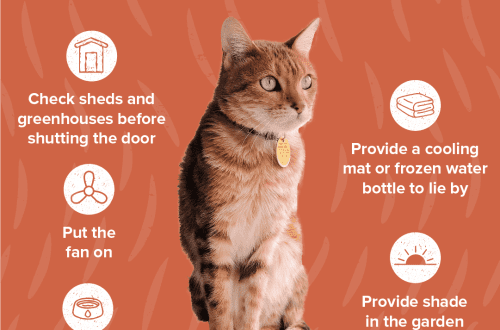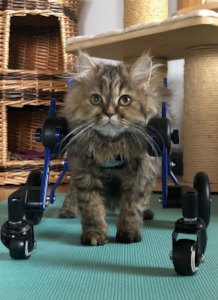
How do cats with disabilities find a home?
According to a survey conducted by PetFinder, pets considered “less wanted” wait four times longer to find a new home than other pets. In general, among the shelters that took part in the survey, 19 percent indicated that pets with special needs find it harder than others to find a permanent place of residence. Cats with disabilities are often overlooked by potential owners without good reason. While they may have special needs, they certainly deserve no less love. Here are the stories of three disabled cats and their special relationship with their owners.
Disabled Cats: The Milo and Kelly Story
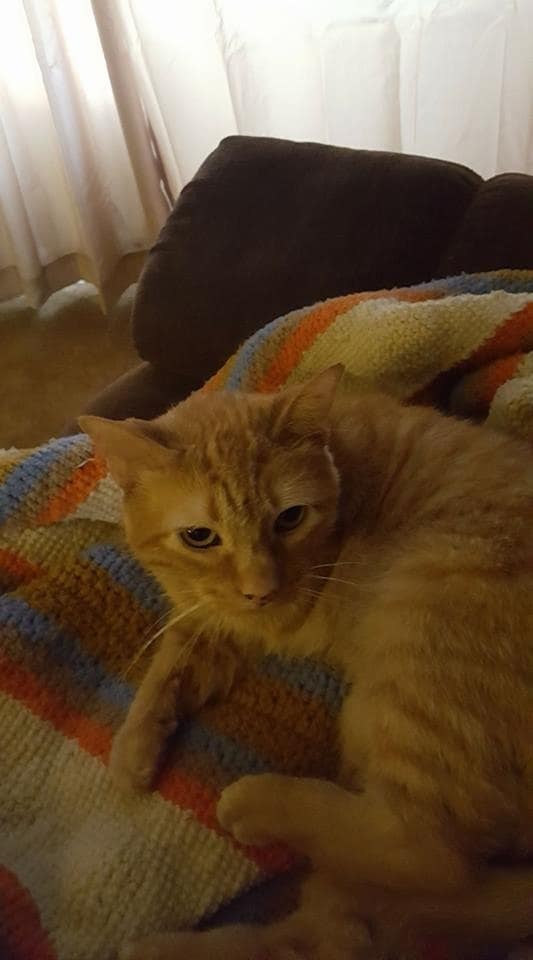
A few years ago, Kelly discovered something unexpected in her yard: “We saw a tiny ginger kitten curled up in our bushes, and his paw was dangling somehow unnaturally.” The cat appeared to be homeless, but Kelly wasn’t entirely sure of that, as he hadn’t come out to see her. So she left food and water for him, hoping it would make him believe in her and her family. “However, we quickly realized that this kitten needed medical attention,” she says. Her entire family tried to lure him out of the bushes so they could take him to the veterinarian for treatment: “Eventually my son-in-law had to lie on the ground and meow quietly until he came out to us!”
Veterinarian Kelly believed that the kitten had most likely been hit by a car and needed to have its paw amputated. In addition, the veterinarian thought that he might also have a concussion, so the chances of his survival were slim. Kelly decided to take a chance, named the cat Milo and chose to perform surgery on him to remove the hanging limb. “Milo basically recovered sitting on my lap for days on end and was still terrified of everyone but me and one of our sons,” she explains.
Milo will turn eight in May. “He is still afraid of most people, but he loves my husband and me very much, and our two sons, although he does not always understand how to express his love.” When asked what difficulties they face, Kelly replies: “He sometimes panics if he thinks he will lose his balance and can plunge his claws into us sharply. Therefore, we need to be patient. He can move very well, but sometimes he underestimates the jump and can knock things over. Again, it’s just a matter of understanding that he can’t do anything about it and you’re just picking up the pieces.”
Was it worth it to take the opportunity to save Milo’s life by amputating his limb when he might not have survived? Of course. Kelly says: “I would not trade this cat for any other in the world. He taught me a lot about patience and love.” In fact, Milo has inspired other people to choose cats with disabilities, especially amputees. Kelly notes: “My friend Jody is raising cats for the APL (Animal Protective League) in Cleveland. She has raised hundreds of animals, often choosing those with serious problems that may not survive – and virtually every one of them has survived because she and her husband love them so much. The only type of cat she didn’t take on was amputees. But seeing how well Milo did, she began to adopt amputees as well. And Jody told me that Milo saved a few cats because he gave her the courage to love them so they could get better.”
Disabled Cats: A History of Dublin, Nickel and Tara
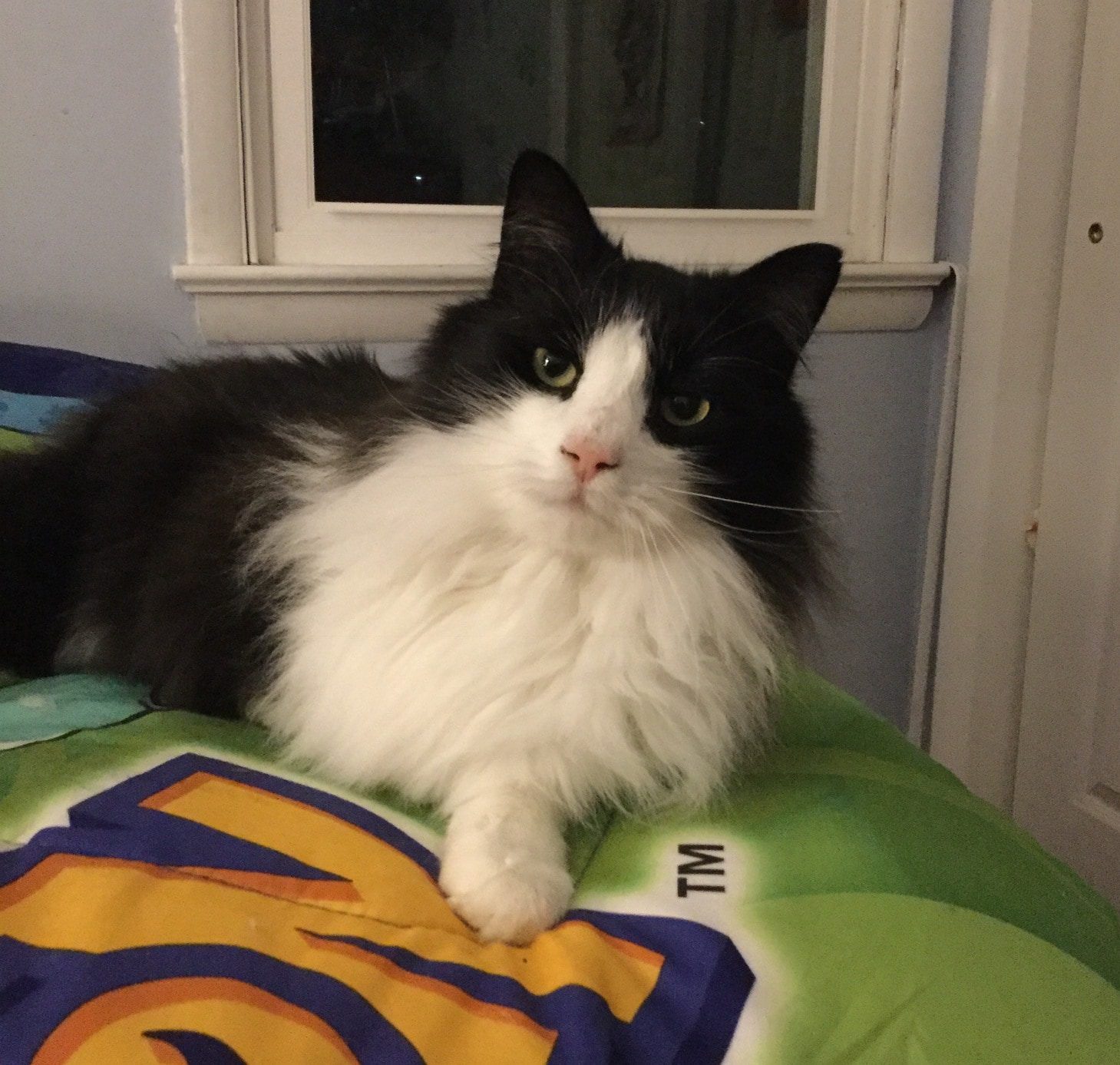 When Tara took in the three-legged Dublin, she understood quite clearly what she was getting herself into. Tara is an animal lover, she used to have another three-legged cat named Nickel, whom she loved very much and who, unfortunately, died in 2015. When a friend called her and told her that the shelter where he was a volunteer photographer had a three-legged cat, Tara, of course, was not going to bring home new pets. “I already had two other four-legged cats after Nickel died,” she says, “so I had doubts, but I couldn’t stop thinking about it, and finally gave up and went to meet him.” She immediately fell in love with this kitten, decided to adopt him and brought him home that same evening.
When Tara took in the three-legged Dublin, she understood quite clearly what she was getting herself into. Tara is an animal lover, she used to have another three-legged cat named Nickel, whom she loved very much and who, unfortunately, died in 2015. When a friend called her and told her that the shelter where he was a volunteer photographer had a three-legged cat, Tara, of course, was not going to bring home new pets. “I already had two other four-legged cats after Nickel died,” she says, “so I had doubts, but I couldn’t stop thinking about it, and finally gave up and went to meet him.” She immediately fell in love with this kitten, decided to adopt him and brought him home that same evening.
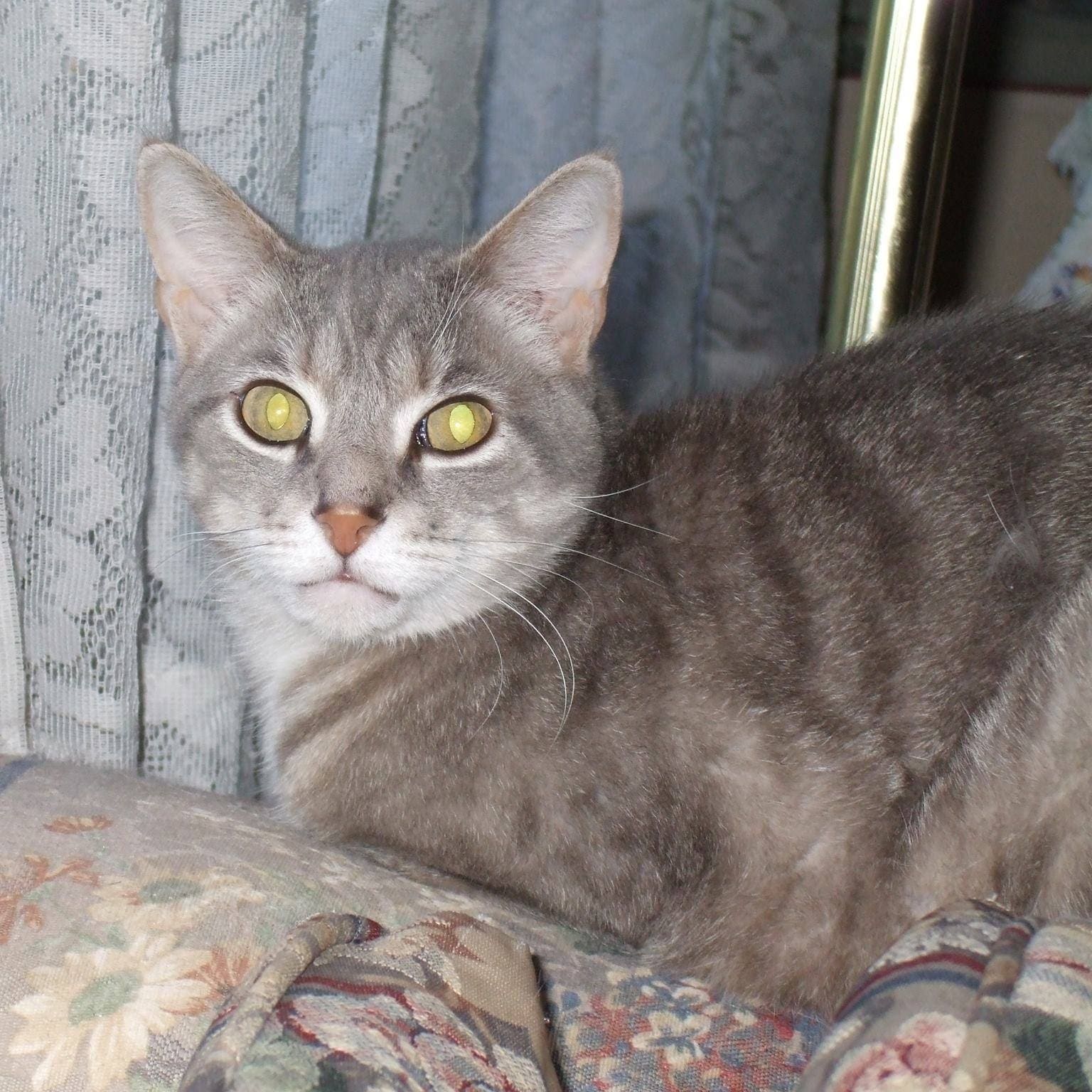 Her decision to take Dublin was similar to how she had taken the Nickel a few years earlier. “I went to the SPCA (Society for the Prevention of Cruelty to Animals) with a friend to look at an injured cat she found under her car. And while we were there, I noticed this adorable gray kitten (he was about six months old), he seemed to be stretching his paw towards us through the bars of the cage. As Tara and her friend approached the cage, she realized that the kitten was actually missing part of a paw. Since the shelter was waiting for the owner of the cat to contact them, Tara signed up on the waiting list to take the kitten for herself. When they called a few days later, Nickel’s condition was deteriorating and she had a fever. “I grabbed it and went straight to the vet where they removed what was left of his paw and then took him home. It’s been about three days, she was still taking painkillers, her paw was still bandaged, but I found it on my wardrobe. To this day, I still don’t understand how she got there, but nothing could ever stop her.”
Her decision to take Dublin was similar to how she had taken the Nickel a few years earlier. “I went to the SPCA (Society for the Prevention of Cruelty to Animals) with a friend to look at an injured cat she found under her car. And while we were there, I noticed this adorable gray kitten (he was about six months old), he seemed to be stretching his paw towards us through the bars of the cage. As Tara and her friend approached the cage, she realized that the kitten was actually missing part of a paw. Since the shelter was waiting for the owner of the cat to contact them, Tara signed up on the waiting list to take the kitten for herself. When they called a few days later, Nickel’s condition was deteriorating and she had a fever. “I grabbed it and went straight to the vet where they removed what was left of his paw and then took him home. It’s been about three days, she was still taking painkillers, her paw was still bandaged, but I found it on my wardrobe. To this day, I still don’t understand how she got there, but nothing could ever stop her.”
Cats with disabilities need the love and affection of their owners just like any other cat, but Tara believes this is especially true for amputees. “I don’t know how typical this is for three-legged cats, but Dublin is my pet cat, as is Nickel. He is very friendly, warm and playful, but not in the same way as four-legged cats.” Tara also finds that her amputees are very patient. “Dublin, like Nickel, is the friendliest cat in our house, the most patient with my four children (9, 7 and 4 year old twins), so that says a lot about the cat.”
When asked what challenges she faces caring for Dublin, she replied: “The only thing that really worries me is the extra strain on the remaining front paw… and he gets a bit of a rough handling when he comes into contact with children, simply because that he is missing a limb! Dublin is very agile, so Tara does not worry about how he moves around the house or interacts with other animals: “He does not have problems when he runs, jumps or fights with other cats. In a quarrel, he can always stand up for himself. Being the youngest (he is about 3 years old, another male is about 4 years old, and the female is 13 years old or so), he is full of energy and prone to provoke other cats.”
Disabled cats, whether they are missing a limb or have any medical conditions, deserve the love and attention that these three cats enjoy. Just because they may be less mobile than four-legged cats, they are more likely to show affection in return for giving them a chance. And while it may take you a while to get used to them, they need a loving family and shelter just like everyone else. So, if you’re considering getting a new cat, don’t turn your back on the one that needs a little extra care – you may soon find that she’s more affectionate and loving than you ever imagined, and she might just be. what you have always dreamed of.



